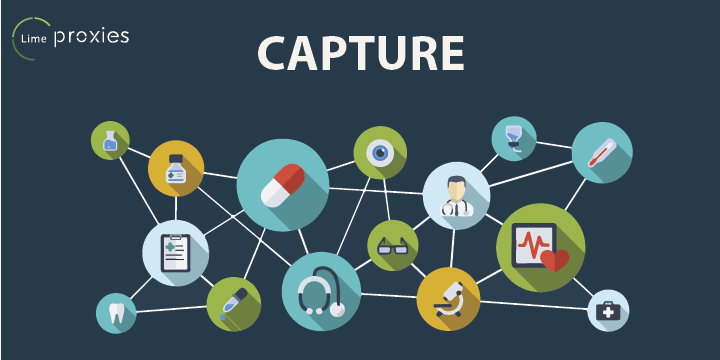
QUICK LINKS:
Big data healthcare analytics is playing a great role in healthcare organizations these days. It’s not as easy as it sounds. The great role comes with many critical concerns and responsibilities.
These days big data healthcare analytics is coming out as one of the great challenges being worked upon by the healthcare organizations.
Machine providers who have hardly made electronic health records (EHR) machines for the basic tasks, are being asked to make it in such a way that it will be easy for them to obtain useful insights from the provided input, and they are also being asked to turn these results into some meaningful information which can be used for further cases.
Healthcare organizations that are able to pull out insights and use them into their clinical and operational processes are becoming more efficient and are also making huge money.
Outcome of converting collective data into meaningful insights are reduced medical cost, healthier society, easy diagnostic of disease, and great consumer satisfaction.
The way to easy and effective healthcare analytics is as difficult as it sounds. The path is filled with many hurdles, more than hurdles they are challenges.
Big data healthcare analytics is very complicated and not very common, leaving the organizations in a position where they have to closely monitor all the processes from collecting data, storing data, analyzing data and finally making the useful insights available to the third-party organization, doctors and patients.
You must be curious to know about the challenges and the measures taken to surmount them by organizations when they decide to follow and implement big data healthcare analytics program to reach to the cliff of the mountain named data-driven economical clinical culture. The wait is over Time to dive in deeper to know about these challenges.
1. CAPTURE

Data is collected from various medical organizations, but not every organization has accurate data. Getting data that is accurate, consistent and in a systematically arranged way that can be used in digital systems easily is the challenge or I would say the real struggle, which most of the organizations are going through. Unfortunately, most of them are not able to cope with this challenge.
Rarely there is any case where EHR data matched completely with patient-report. Most of the time the match is just around 20-30%.
Poor EHR usability, complicated workflows, and an inadequate knowledge of why big data healthcare analytics is important to capture well can all add to quality concerns that will bother data during its complete lifecycle.
Data providers should update their data collecting methods by giving more importance to relevant data depending on their particular projects rather than collecting random data for random projects.
There is a vital need for training. When I say training I mean a proper training should be conducted for the people who are in any way responsible for collecting and documenting data, which will surely give better results in the end. There is a need to let them know about “what they are doing?” and “why they are doing?” and how their efforts are going to be helpful.
2. CLEANING
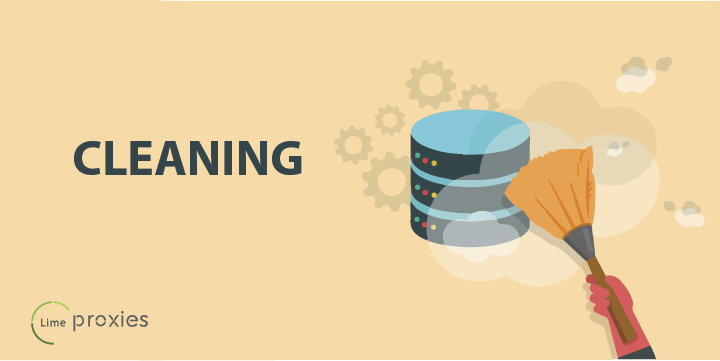
Even a very normal person knows the importance of cleaning, and it becomes a sure thing when it comes to people related to the healthcare industry. But, they are not equally aware of the need and importance of keeping their data clean.
The consistency of data is the bottleneck of any big data healthcare analytics project. A dirty data is enough to ruin your project. Dirty data means the data which is not correct or in different units, which when combined together can give tragic results. That’s why there is a need for data cleaning. In cleaning, it is ensured that all the data collected from different sources are reliable, consistent, relevant, and is not dirty in any way.
In most of the organization, data cleaning is done manually, However, many organization has started using automated tools, that are being provided by IT companies that work on the certain algorithm, which are specially developed for data cleaning purpose. With time, these tools are becoming more precise with their output, as they are based on machine learning techniques, which is advancing rapidly. No doubt, these tools will enhance the efficiency and quality exponentially with time.
3. STORAGE
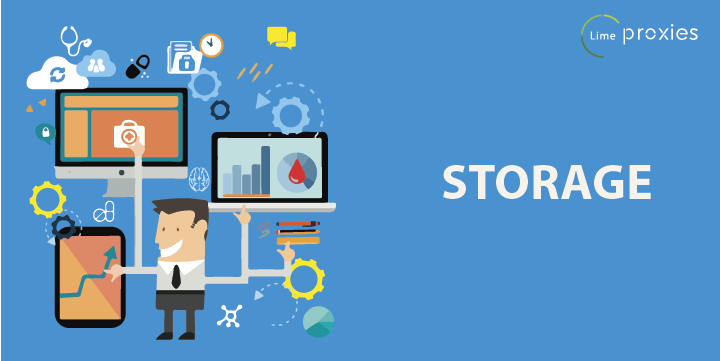
Small clinicians have very less idea about where and how their data is being stored and what it takes to store them securely without affecting the performance. This is actually a challenge for the IT department. It is really getting difficult to manage the exponentially increasing healthcare data in small data-centers with not so good infrastructure.
Most of the organizations prefer in-house storage of data so that they have control over the data as well as its security. However, an in-house data storage infrastructure will be difficult to scale up with rapidly growing data volume. Not only difficult, it is actually expensive to maintain and scale-up.
On the other hand, cloud storage is gaining popularity due to its reliability and economical scalable method. After the arrival of the cloud technology, most of the of healthcare organizations are moving to cloud-based infrastructure for storage as well as for end application.
It is true that the cloud service is very economical and it is best in case of disaster recovery. But still you need to be really very careful while selecting a cloud provider. You need to pre-check that whether the cloud provider knows the value of HIPAA (Health Insurance Portability and Accountability Act of 1996) that provides data privacy and security provisions for safeguarding medical information.
Many organizations after going through pros and cons of in-house data storage, as well as cloud storage, end up with mixing both what we technically call hybrid system. However, they need to be careful while developing a hybrid system. They should ensure that all the systems are able to communicate with each other all the time or when there is a requirement.
4. SECURITY
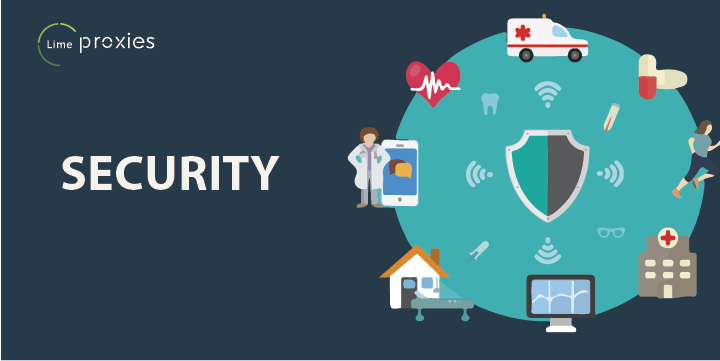
Like every other digital sector data security is on top in the priority list of healthcare organizations. Why not when data theft is going on a high rate?
Nearly all of us are aware of hacking scenarios going around us including phishing attacks, spoofing, digital blackmailing, and high profile breaches. Like every other important digital asset healthcare data is also open to unending vulnerabilities.
The HIPAA Security provision has many technical guidelines from the security point of view for organizations storing protected health information (PHI). Guidelines include rules regarding communication security, protocols, access control over data, integrity, and the most important one i.e security audit on a periodic basis.
There are some common security practices such as keeping the anti-virus software updated, implementation of firewalls between private and public network, keeping sensitive data encrypted.
Implementing security is not enough. Even the most secure data center can get hacked if the organization is not ensuring that the people handling them are taking care of it. Proper security alert system should be installed.
Healthcare organizations should organize regular meetups to remind their employees about the importance of security and how they are responsible to maintain it. Also, the regular meetups are necessary to keep the employees informed about the new security techniques as well as the new vulnerabilities.
5. STEWARDSHIP
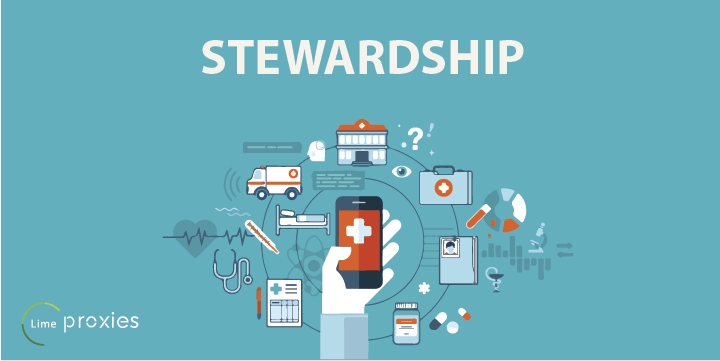
In the healthcare industry data is often stored for a longer period of time, so that it is available when needed for tracing back to patient-related concerns as well for research purposes. Stored data may also be used for quality analysis, which explains the importance of ongoing curation of stored data and stewardship.
Following details are vital for researchers and data analysts.
- Who created the data?
- Data creation date?
- Purpose of data creation?
- Who used the data, why, how and when?
- Was the data modified?
What we discussed above is called metadata i.e data about data. Keeping complete, consistent and updated metadata is a very important step. It actually allows researchers to trace back to the same queries which were used in past and this is very important for research work. Metadata also helps us in avoiding the creation of isolated data with limited use.
Healthcare organizations should appoint a dedicated person who will be responsible for the creation, modification, deletion(if needed) and for keeping the metadata up-to-date in a correct consistent format, following the standard units for storing and standard way documentation. Technically this person is called a data steward.
6. QUERYING
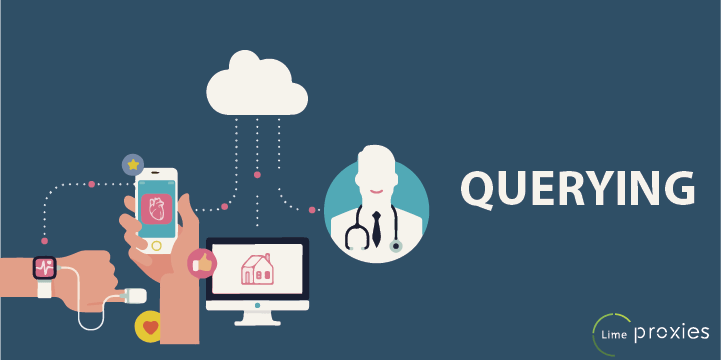
The capability to query data act as one of the most important pillars which support reporting and analytics. A strong metadata and effective stewardship protocols collectively make it simpler for organizations to query their data and get the appropriate answers that they were exactly expecting. But, there are a number of challenges healthcare organizations must win in order to perform a significant analysis of their big data assets.
The first challenge is to remove the data storage issues as well as the issues related to inter-data communication that creates a problem for query tools when they try to access particular data in a certain way. If data from different health departments which are somehow related are kept in different private networks in various formats, it may not be possible to produce an accurate report of an organization level and same goes for an individual patient’s health report.
Sometimes even when the data is stored in the same data-center it suffers due to its creation and storage in a non-standardized way. It gets hard to guarantee that a query is recognizing and returning the accurate output to the requester in the absence of medical coding systems like ICD-10, SNOMED-CT, or LOINC that reduce free-form concepts into a shared philosophy.
Most of the organizations use Structured Query Language (SQL) to handle large data volumes and relational databases. But again, outputs are reliable only when the data stored initially was accurate and clean.
7. REPORTING
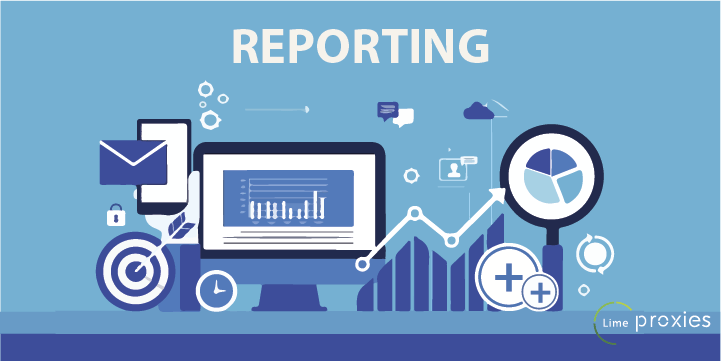
Once the providers have perfected the query procedure the system should generate a report that is clear, concise, accurate and convenient to the requester as well as to the end reader.
The correctness and consistency of the final report directly depends on the correctness and consistency of the data applied as an input. Even the small amount of dirty data can create inaccurate reports which when used by doctors can affect the health of the patients, and can also affect the healthcare industry. In worst cases, it can lead to patients death. So, the data is a very critical segment.
People in the healthcare industry have confusion about the difference between “analysis” and “reporting.” Reporting means arranging the required data in a meaningful form as per the requirement and analysis means researching over data with the help of reports. Reporting is needed for analysis but the analysis is not needed for reporting.Reports can be the final product.
Reports are usually made in two ways. The first form of reports are self explaining They are made in a way by which reader will get to know the flow of the report as well as the final conclusion. The second form of report is made in a way where readers are free to draw out their own conclusions based on points mentioned in reports.
Healthcare industry should invest enough time in knowing their actual requirement which further needs to be explained to database administrators who will make the database and tables in such a way (not ignoring the standard way) so that the requester gets the results they actually queried for.
Most of the reporting work is outsourced by the healthcare organization which is being frequently regulated by quality assessment programs.
8. VISUALIZATION
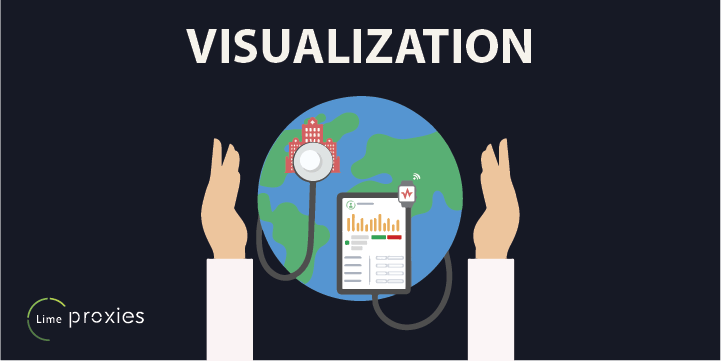
A pictorial representation of data will help doctors as well as normal people to understand the reports easily.
A data visualization in which colors like red, yellow, and green are used will easily indicate the purpose as almost everyone knows that yellow means “caution”, red means “danger” and green means “all good”
Effective reports can be prepared using good data visualizations such as graphs, pie charts, cliparts, heat maps, bar charts, scatter plots, flowcharts, and histograms, all of which have their own particular ways to display information. Few things that need to be taken care of are the pictures used should be of good quality. Very clean text fonts need to be used and overlapping should be avoided. Blur pictures and overlapped text can lead to great confusions which may further lead to unfortunate consequences. Unclear presentations are annoying as well.
9. UPDATING
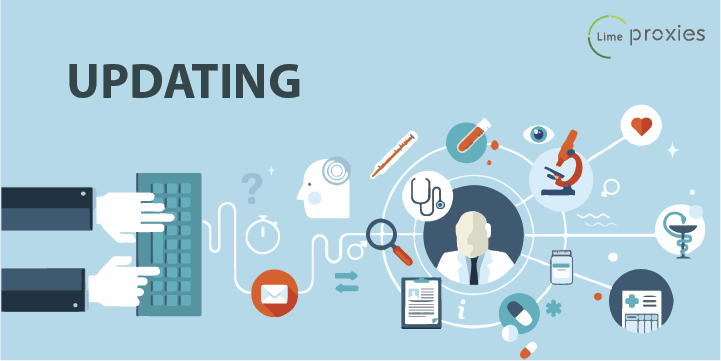
Most of the data in the healthcare field are dynamic, as they are frequently changed in order to maintain the updated values. Some data are changed in a day or two and some gets changed in every few seconds depending on the stability of the patient’s health condition. Other patient-related information such as name, contact number, marital status, and address are changed rarely.
Organizations need to monitor their data sets frequently. Without which it is difficult for them to cope with the rapidly changing big data.
Providers in coordination with database administrator should have a proper idea about which type of data needs to be manually updated and for which type of data automation can be implemented. They need to prepare the infrastructure as well as the technologies in such a way that changes can be done without any downtime for the end user. There is a vital need for real-time integration. They also need to ensure that there is no duplicate data in the system which may create confusion and chaos for the doctors analyzing the reports. Distributed storage needs to be updated simultaneously.
10. SHARING
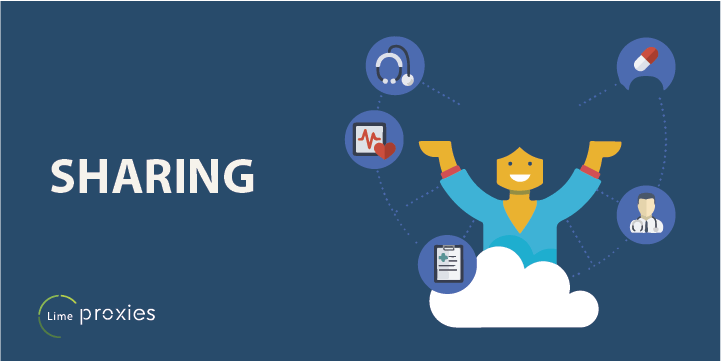
Exchange of data is one of the major concern in a healthcare organization. Patients have to go to different places for the various test as suggested by the doctor. Rarely any patient gets everything under one roof. Which means that there is a need for data sharing between different departments in a healthcare organization
There will be a drastic effect on “data interoperability” if data is stored and formatted in a different way by the different organizations. For taking right decisions doctors need data from the different organizations of the healthcare industry, without which they will be helpless. There is a need to follow the globally standard way so that data can be shared.
Healthcare industry is taking required steps to cope with this challenge of easy data sharing, overshadowing the technological and organizational boundaries. New improved tools and strategies such as FHIR and public APIs are being used to support data interoperability.
But still, they need to speed up the process as many organizations are critically dependent on easy as well as secure data sharing.
CONCLUSION
To create a revolution in healthcare with big data healthcare analytics organization need to surmount all the 10 challenges we discussed above, along with many other disguised challenges.
It will take time, dedication, capital investment, and information sharing on a huge level to successfully implement medical organization with big data healthcare analytics.
Post Quick Links
Jump straight to the section of the post you want to read:


About the author
Rachael Chapman
A Complete Gamer and a Tech Geek. Brings out all her thoughts and Love in Writing Techie Blogs.
Related Articles
Cooking Sneakers: How Proxies Can Help Reduce Captchas During Sneakers Purchase
Sneakerheads know here How Proxies Can Help Reduce Captchas During Sneakers Purchase and be the first one to so.
Proxies for Instagram bots and how to get them?
Instagram is updating and growing its number of features, and if you don’t make use of it, you are not selling well on Instagram. Proxies for Instagram bots